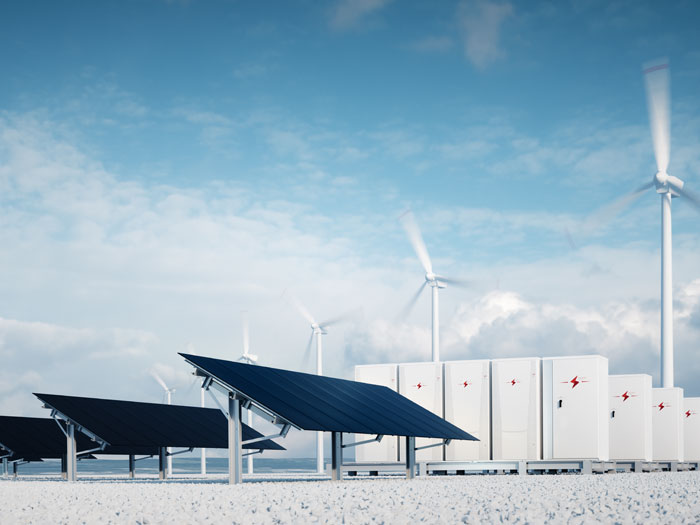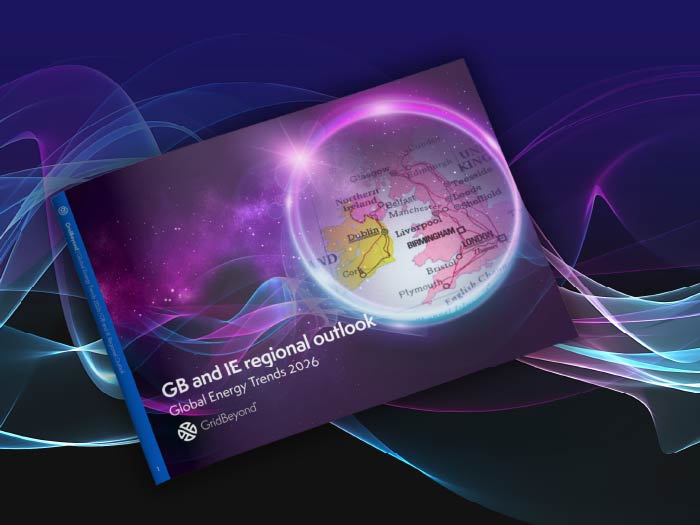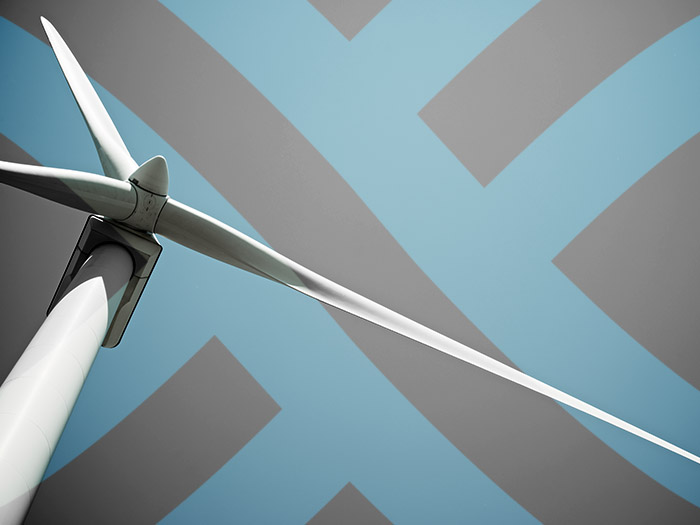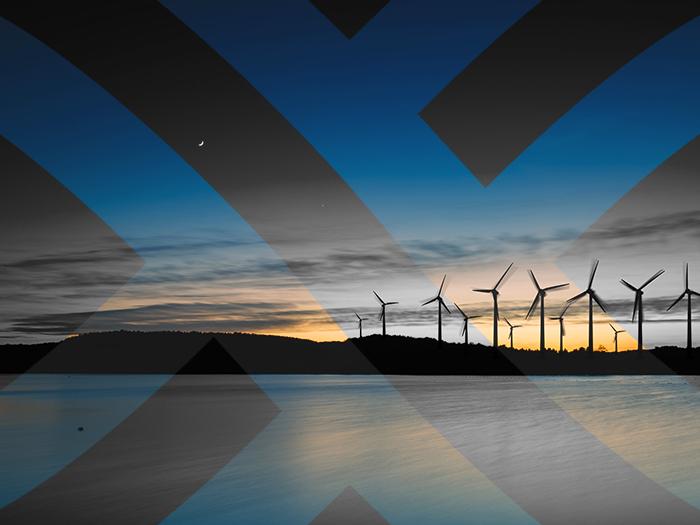Insights
better business decisions
Posted 3 years ago | 7 minute read

REPower EU Plan
Responding to disruption in the global energy market caused by Russia’s invasion of Ukraine and the need to speed up the oncoming green transition, last month the European Commission published its REPowerEU Plan. Here we look at the key elements of the plan.
What is the goal of REPower?
Published on 18 May, the Plan notes that Russia’s military aggression against Ukraine, has massively disrupted the world’s energy system and has resulted in high energy prices and energy security concerns, bringing to the fore the EU’s over-dependence on gas, oil and coal imports from Russia. It noted that the contribution of Russian fuels to Europe’s energy supply: 40% gas, 27% oil and 46% coal and said that REPowerEU is about rapidly reducing our dependence on Russian fossil fuels by fast forwarding the clean transition and joining forces to achieve a more resilient energy system and a true Energy Union.
Building on the Fit for 55 package of proposals and completing the actions on energy security of supply and storage, this REPowerEU plan puts forward an additional set of actions to:
- diversify supplies
- quickly substitute fossil fuels by accelerating Europe’s clean energy transition
- save energy
- smartly combine investments and reforms
Taken together, these actions will structurally transform EU’s energy system.
Diversifying energy sources
The Commission and Member States have set up an EU Energy Platform to support the common purchase of gas. This will be done by engaging in international outreach, demand aggregation and structuring, and the transparent use of the import, storage and transmission of gas.
The EU Energy Platform will fulfil three functions supporting common purchase of gas:
- Demand aggregation and structuring: The demand pool will identify and aggregate contestable volumes based on expiring long-term contracts as well as flexible volumes under existing long-term gas contracts which could lead to roughly 30-70 bcm of demand in the short term. In addition, the Commission will encourage diversification of supply and will consider legislative measures to require such diversification over time. Demand pooling will be supported by electronic tools, which will make the process secure, automated and user friendly.
- Optimised and transparent use of the import, storage and transmission gas infrastructure maximising security of supply and replenishment of storage. A mechanism and an IT tool will be put in place to improve the transparency in infrastructure bookings i.e. remaining availability, secondary markets, rerouting and existing bottlenecks.
- International outreach: Joined up international outreach will focus on concluding long-term cooperation frameworks with trusted partners via binding or non-binding agreements that support the purchasing of gas and hydrogen and clean energy project development, while fully using the collective strength of the Union.
The Commission will also consider developing a joint purchasing mechanism for negotiating and contracting on behalf of participating Member States, leveraging the power of the European market. This mechanism will be subject to a review of its impact on competition.
Accelerating a transition from fossil fuels to clean energy
The Plan aims to speed-up and scale-up the role that renewable energy plays in power generation, industry, buildings and transport. It sets the following key targets:
- Increasing the target in the Renewable Energy Directive to 45% by 2030 (up from 40% in the original Fit for 55 proposal). This would bring the total renewable energy generation capacities to 1236 GW by 2030, in comparison to 1067 GW by 2030 envisaged under Fit for 55 for 2030
- Increasing total renewable generation capacity to 1236 GW by 2030, up from 1067 GW.
The boost in renewable energy will be delivered by combining solar, onshore and offshore wind, with renewable hydrogen being key to replacing gas, coal and oil in certain industries and in transport. The Plan emphasises offshore wind as a significant future opportunity, although notes the need to strengthen supply chains and accelerate permitting processes.
In particular, the Plan notes that “slow and complex permitting processes are a key obstacle” to realising the potential of renewable energy. The Commission has therefore issued a Recommendation on Permitting, which proposes measures to streamline procedures at national level. To promote the development of electricity storage capacities, the Commission proposes to consider storage assets as being in the overriding public interest and facilitate permitting for their deployment.
The Plan further calls on Member States to implement “country specific” permitting recommendations issued in May 2022. The recommendation for Ireland highlights the long duration of planning permission procedures and lengthy and costly appeal procedures. It also notes the need to ensure appropriate resourcing at all stages of the planning and permitting system. The Government may incorporate this recommendation as part of the wholesale review of Ireland’s planning legislation due in Q3 2022.
Saving energy
Reducing energy consumption through higher efficiency is vital to the clean energy transition and has the added benefit of decreasing imports of Russian fossil fuels in the short term.
The Commission is proposing to strengthen the existing “Fit for 55” target from an additional 9% reduction in energy consumption to a 13% reduction in the Energy Efficiency Directive.
In addition, the Commission invites the Parliament and Council to enable additional savings and energy efficiency gains in buildings through the Energy Performance of Buildings Directive, and to uphold the ambition of the Commission proposal for a Regulation on Ecodesign for Sustainable Products , the rapid deployment of which will lead to further energy savings through improved energy and resource efficiency of a broad range of products.
It also said Member States should make full use of supporting measures such as reduced VAT rates for high efficiency heating systems and for insulation in buildings and other energy pricing measures, which encourage switching to heat pumps and purchase of more efficient appliances.
Stepped up implementation and ambitious updating of National Energy and Climate Plans (NECPs) are key in delivering the REPowerEU objectives. NECPs have a crucial role in enhancing investor confidence and investment predictability. They provide a good framework for planning and encouraging the reduction of use of fossil fuels. The Commission intends to publish guidance later this year for the Member States’ update of their NECPs in 2024 and will report progress on REPowerEU, among others, through the State of the Energy Union and Climate Action reports.
Smart investment
The Commission’s analysis indicates that the Plan entails an additional investment of €210B between now and 2027, over and above what is needed to meet the “Fit for 55” proposals.
Key investment areas include:
- European interconnection and infrastructure needs, including emphasis on completing the current raft of “projects of common interest” related to the Trans-European energy networks framework
- Providing appropriate investment support for storage projects and new infrastructure to import LNG and pipeline gas from other suppliers
- Limited and target investment to ensure security of oil supply
- Additional investment into the power grid
- Associated policy support, including recognition of the Plan in Member States’ Recovery and Resilience Plans
Reinforcing preparedness
The Plan emphasises the need for Europe to be prepared for a severe supply disruption, particularly in anticipation of winter 2022.
The Commission is therefore calling on Member States to implement the “Save Energy” communication, which can be used to build up reservoirs of gas ahead of winter.
The Commission is also seeking that Member States update their contingency plans, request that transmission operators undertake technical measures to allow for “reverse flow” of gas from West to East, and conclude outstanding bilateral solidarity arrangements between Member States.







